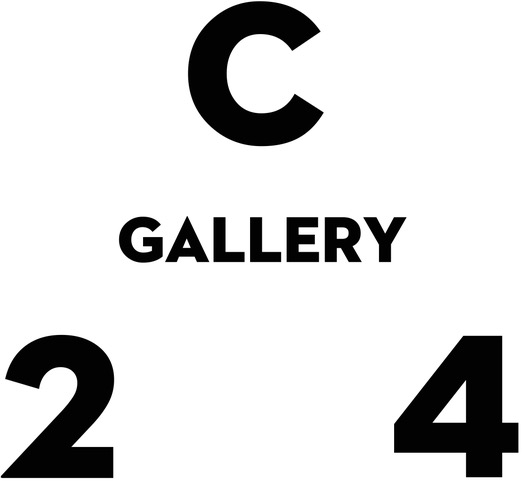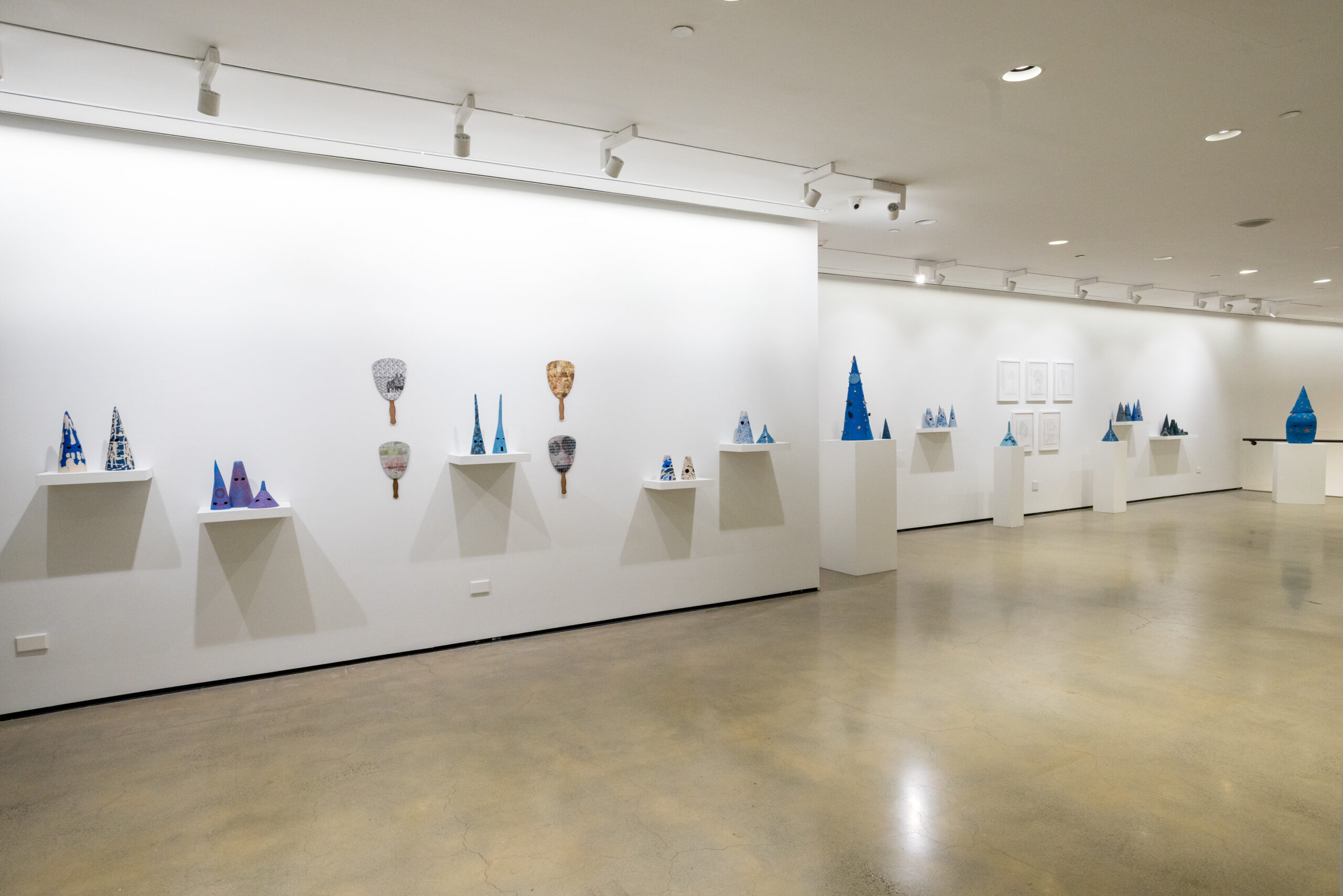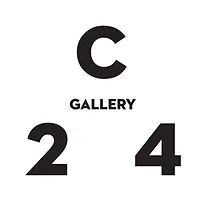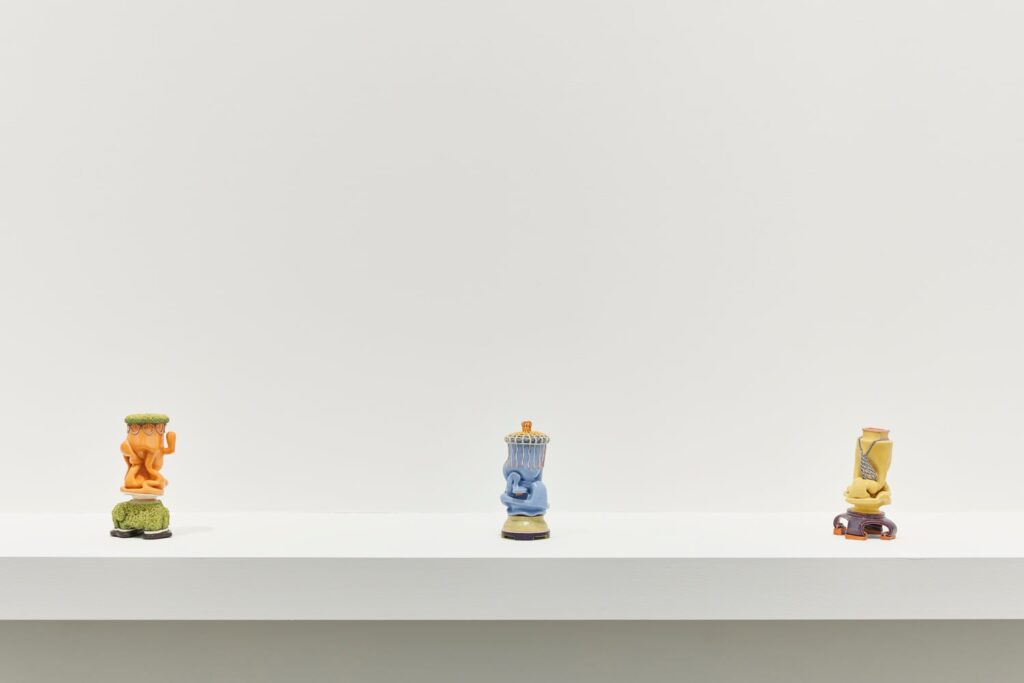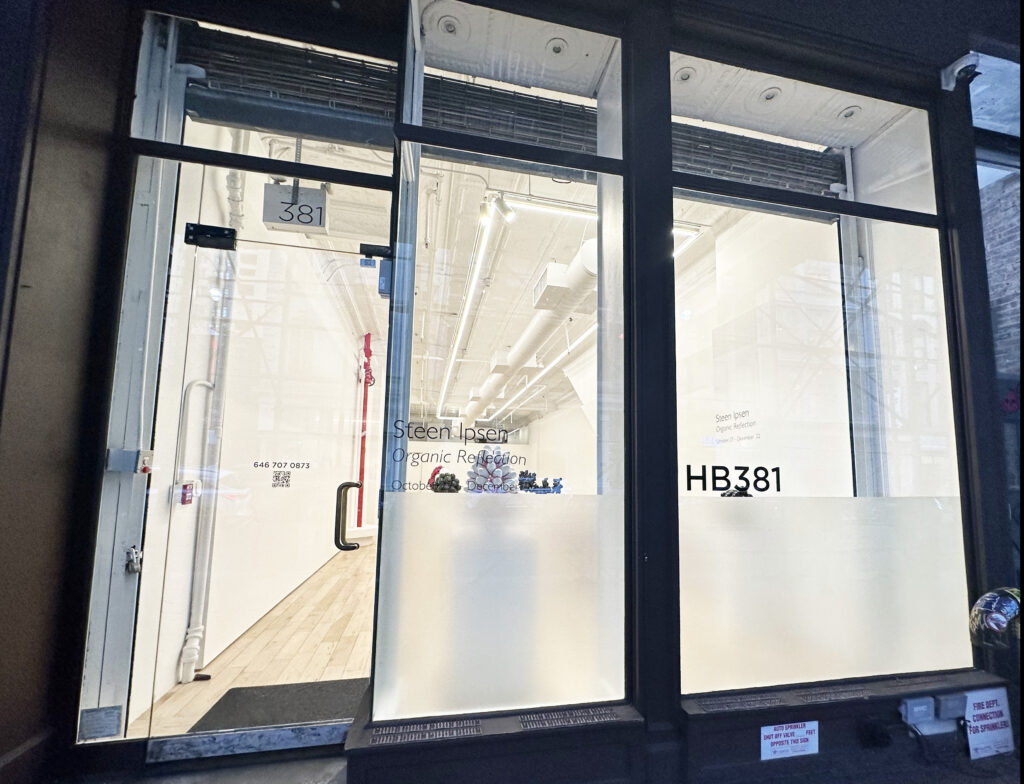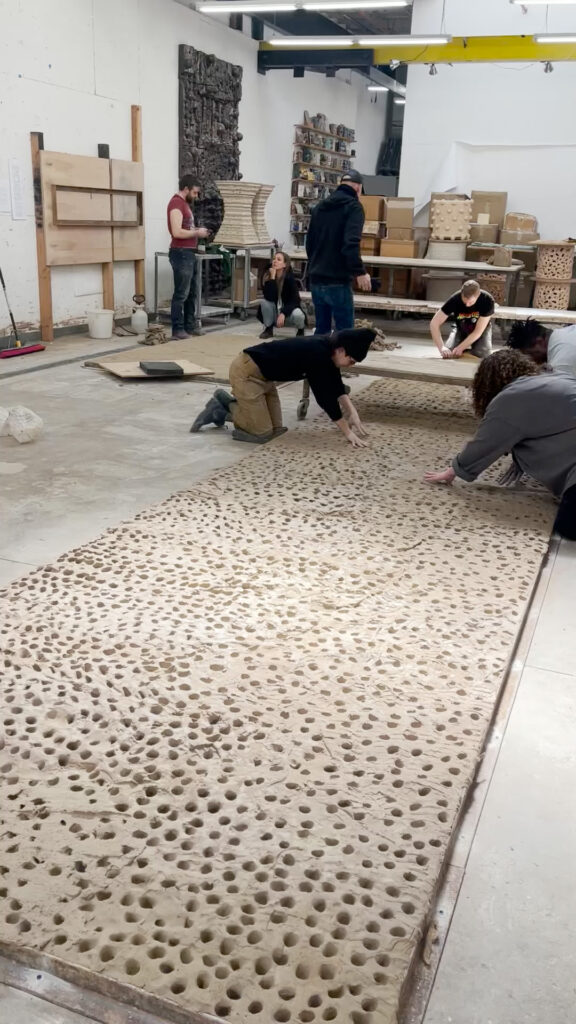Ceramic Highlights at ADAA - The Art Show 2023
The 35th Annual Edition of the ADAA (Art Dealers Association of America) - The Art Show 2023 was held at the Park Avenue Armory, featuring 78 booths in the grand Gothic building. MoCA/NY sent a reporter to this year's fair
…
Portals to Mouros - Tracing Identity with Isaac Scott at Lucy Lacoste Gallery
Isaac Scott’s political mixed-media sculptures are on display at the Lucy Lacoste Gallery in Concord, Massachusetts from September 16 to October 14, 2023. Scott is a Philadelphia-based artist, curator, and photographer, whose provocative ceramics explore the lineage of the Slave
…

